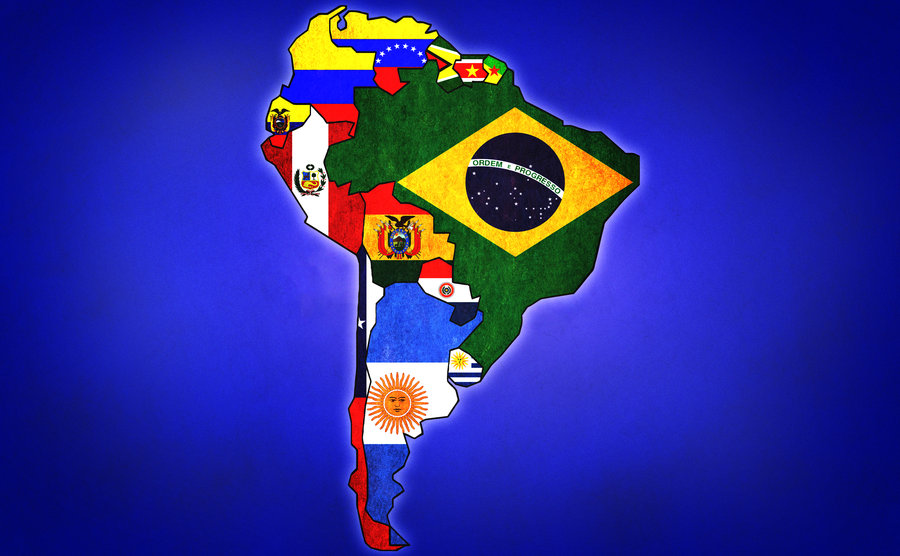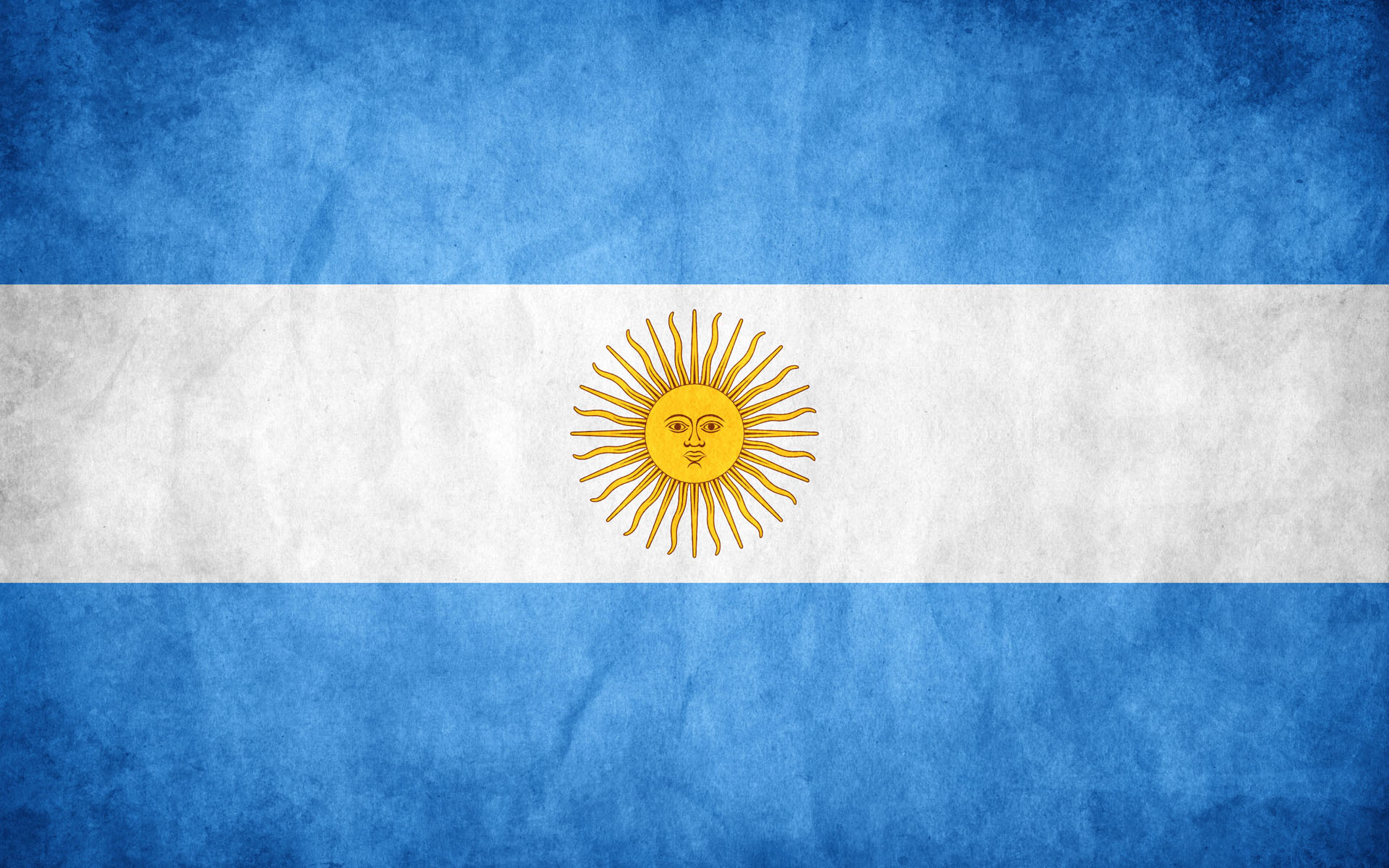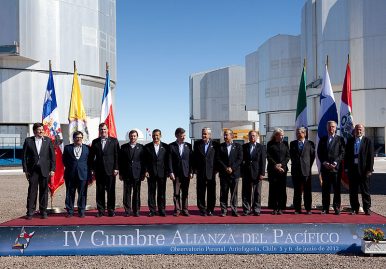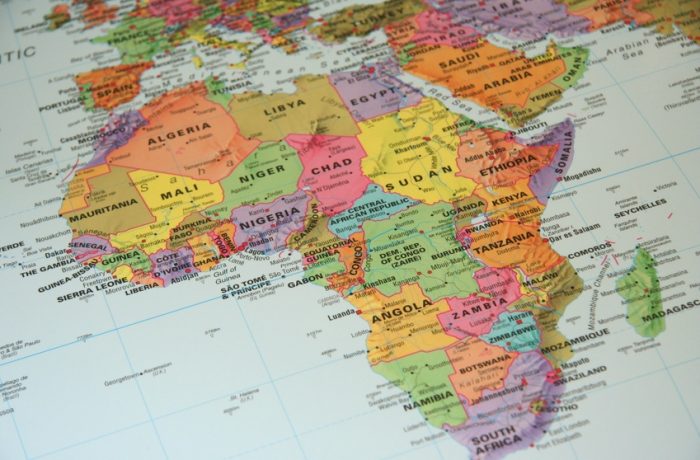Several years into a Chinese economic slowdown, the Latin American economies that relied on China to buy up their key exports are feeling the pain. With less hard currency coming in, governments across the region are rapidly readjusting their spending plans and preparing to govern in an environment in which they will have fewer resources to secure their key constituents’ political loyalties.
The Role of Geography
Ever since commodity prices began dropping several years ago, much has been written about how slow economic growth and potential political instability will plague Latin America in coming years. But what will Latin America as a whole look like in a decade as a result of the Chinese economic downturn? What ideologies will dominate in a continent that over the past decade shifted toward leftist populism ? And what issues will define its relationship with the United States, the hemisphere’s undisputed hegemon?
The region’s geopolitics hold the beginning of an answer. The first step is to view Latin America’s geographic regions and countries as a series of divided islands rather than a united entity. Unlike Western Europe, where the relative absence of natural obstacles eventually gave rise to interconnected political entities, South America is bisected by the dense Amazon rainforest and divided lengthwise by the nearly insurmountable Andean mountain range. Latin American colonies were divided even before the collapse of the Spanish Empire in the Americas more than two centuries ago. After independence, this disconnected geographic landscape created dozens of economies of wildly varying sizes often more linked by trade with partners outside the region than with each other . With few unbroken expanses of arable land and high transport costs across the forests and mountains, Latin America was simply not in a position to create capital on the scale of the United States or Western Europe. Consequently, even major Latin American states such as Brazil or Mexico remain highly reliant on inflows of cash from abroad to keep their economies afloat and rely on exports to China or the United States for a significant part of their foreign trade.
Unsurprisingly, the goal of forming institutions that can provide lasting political and economic unity has eluded Latin American statesmen. Numerous attempts have been made to unite the fractious region: Simon Bolivar’s ill-fated 19th-century bid to unite South America, a similar attempt at uniting the Central American states into a federation and the more recent creation of separate economic blocs in Latin America. Yet the isolation created by geographic barriers has foiled leaders’ attempts to unite the region’s countries into a real economic or political union on the scale of the European Union or even the North American Free Trade Agreement. In recent history, the closest that Latin American states came to some sort of unity — besides regional trading blocs such as the Common Market of the South and the Pacific Alliance — was the wave of leftist populist governments that swept the continent beginning in the early 2000s. But after a decade of budgets and politics buoyed by high commodity prices, the raw realities of geopolitics are back with a vengeance.
The Shape of Governments to Come
We cannot define the exact nature of the national governments that will emerge during the next decade; short-term actions are less predictable than long-term trends, and attempting to forecast which people or parties will lead countries such as Brazil after its 2018 elections or Venezuela after its presidential election in 2019 is very risky. However, we have a rough idea of the shape these governments will take. With less revenue available to pacify restive populations, the new governments will likely be more economically pragmatic than their predecessors. This is not to say that populism as a means of governance in Latin America will subside; rather, rulers are likely to take more care in how they relate to their voters and the outside world.
Because the region is so dependent on foreign capital for continued economic growth, and because states’ export revenues are so depleted (in Bolivia, for example, export revenue is down by nearly a third compared with last year), leaders are more likely to refrain from mass nationalizations or hostility to foreign companies. During the past decade, leftist governments seized numerous private assets in disputes with private firms. Except for extreme cases such as Venezuela — which, because of its default risk, economic problems and past expropriations, is already de facto cut off from most foreign lending and many investments — most states will likely now try to encourage investments rather than scare them off. Consequently, Latin America is likely entering an era in which the grand populist gestures of the past decade will no longer yield the same results as before and can, in fact, be counterproductive for leaders trying to restart their faltering economies.
The weakening of Latin American left is another factor that will shape the coming decade. In the next 10 years, the governments that came to power during the boom times will reach the end of their tenures. The list of states that will evolve from leftist administrations into some other type of government is lengthy. Venezuela will reach the painful point of reckoning in which its ruling United Socialist Party will split apart. And as the party splits, Venezuela will undergo a painful economic restructuring and a political shift away from extreme populism. In Ecuador, leftist President Rafael Correa may not secure even another four-year term. In Bolivia, low export prices for natural gas will put President Evo Morales’ ability to secure another decade in office to the test.
Perhaps the only exception will be Colombia, where a possible peace deal with rebels grouo could bring the left into the national fold, which could lead other parties to co-opt more leftist ideas. But even Cuba, long the bastion of Latin America’s left and its ideological center, will eventually move into the United States’ political orbit, likely in exchange for the lifting of the five-decade trade embargo.
The left’s decline will give the United States an exceptionally benign climate for managing its relationships and priorities to the south. To be sure, longstanding concerns — such as trade, drug trafficking and illegal migration — guiding the United States’ actions in much of Latin America will remain. But the bumper crop of leftist states that were often minor hindrances to U.S. political moves in the region will become less of a factor in the next decade. Washington’s new priorities in the region, such as cushioning Venezuela’s economic collapse and bringing Cuba into some sort of improved trade relationship, will occupy the United States’ time.
Of the states currently undergoing deep economic downturns, several seem poised to make a resurgence. Mexico is an outlier, given than it is so linked to the United States through trade. But those links will ensure that despite problematic public finances, Mexico will remain a major force in Latin American economic growth. For Peru and Colombia, international trade will drop over the next several years, but their stable public finances will likely ensure some degree of social stability. And even Brazil, in the midst of a massive corruption scandal at Petrobras, will ride out the crisis due to its strong (albeit currently strained) domestic manufacturing base and sheer economic size.
Re-Emerging Differences
The rampant populism of the past 15 years — bolstered by rapidly increasing exports to hungry markets abroad — imposed a false appearance of unity among the Latin American leftist states. Superficially, Nestor’s Kirchner Argentina appeared to have much in common with Hugo Chavez’s Venezuela, even though both countries’ individual geographic and political characteristics ultimately dictated the governments’ decisions. With the rise of another leftist bloc unlikely in the next decade, the divided nature of Latin America will again become evident.
And the continent’s divided nature means that the shortcomings of international bodies there, such as the Common Market of the South (Mercosur) and the Union of South American Nations (Unasur), will become even more self-evident. For example, Brasilia will use Mercosur to do what is in its own immediate benefit: increase trade links with Latin American states outside its immediate neighborhood, such as Mexico . But truly lucrative deals, such as a Mercosur-European Union trade agreement, will remain just out of reach because they require full approval of all the group’s members. Mercosur’s other key member, Argentina, opposes any such deals lest they harm its domestic industry. Consequently, Brazil will continue looking for small bilateral deals, but it will continue to be hamstrung by Mercosur. Unasur, on the other hand, which was originally conceived of as a sort of South American United Nations, is highly unlikely to progress beyond a regional body that meets a couple of times a year. It is not that there is no political will in Latin America to push toward greater unity, but unlike the European Union, such bodies cannot be superimposed onto a region whose trade ties and key political relationships are focused toward other continents rather than each other.
The next decade will bring with it some political and economic continuity. The region will maintain its fundamental relationship with the rest of the globe, in which its foreign trade is overwhelmingly skewed toward the export of raw materials and its economies are heavily reliant on foreign capital markets. But deeper internal changes are already in motion, and the states of the region will change accordingly. The parties at the helm of these states will be different, and the way these parties relate with the outside world on a political and economic level will be undeniably different. Over the next 10 years, the shortcomings of extreme reliance on the Chinese economy will spur cost-cutting and domestic economic diversification. The trappings of the Cold War will fade in Latin America as leaders are replaced and political institutions evolve, but the new Latin America will continue to be more defined by its divisions than by any idea of unity.








